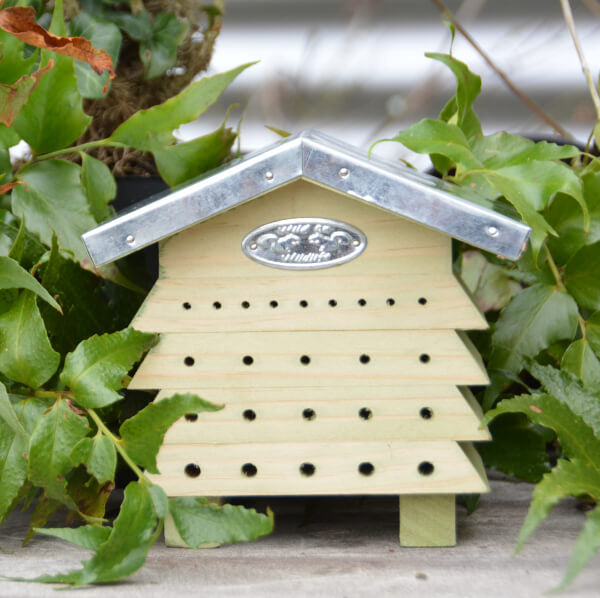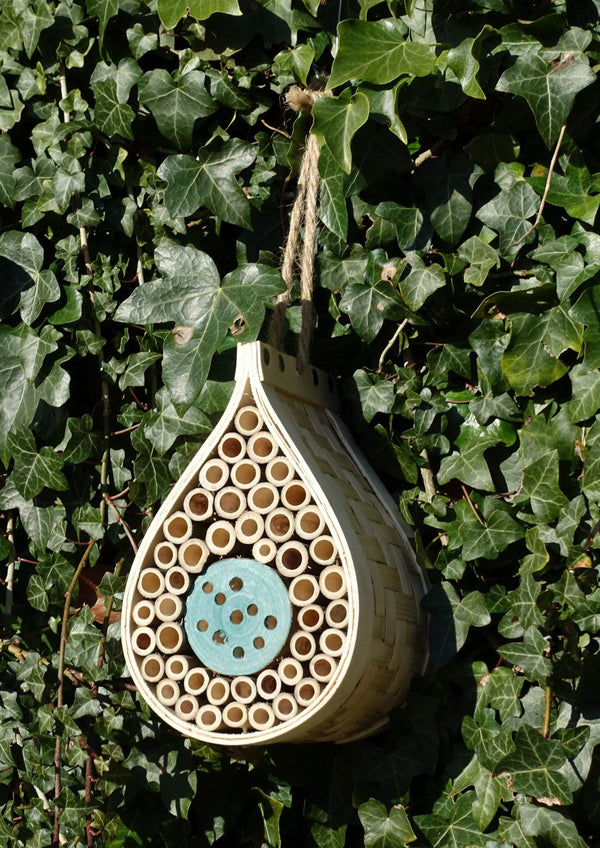Gardening Tips to Help Save the Bees: Simple Steps to Create a Pollinator-Friendly Garden
Bees are essential pollinators that play a crucial role in the ecosystem. They help to pollinate about one-third of the food we eat, including fruits, vegetables, and nuts. Unfortunately, bee populations have been declining in recent years due to habitat loss, pesticide use, and climate change. As gardeners, we can help save the bees by creating a pollinator-friendly garden. In this post, we'll discuss some simple steps you can take to create a garden that supports bee populations.
-
Choose the right plants
The first step to creating a pollinator-friendly garden is to choose the right plants. Bees are attracted to flowers that are rich in nectar and pollen. Some great examples include sunflowers, lavender, wildflowers, and herbs such as rosemary and thyme. Be sure to choose a variety of plants that bloom at different times throughout the year to provide a continuous source of food for bees.
Native plants are especially important because they have evolved alongside local bees and other pollinators. They are adapted to the local climate and soil conditions, making them more resilient and better able to support local wildlife. When choosing plants for your garden, look for species that are native to your area.

-
Avoid Pesticides
Pesticides are harmful to bees and other pollinators. They can kill bees directly, or indirectly by reducing their food sources and weakening their immune systems. To create a pollinator-friendly garden, avoid using pesticides or choose organic alternatives. You can also use natural pest control methods, such as companion planting, to keep pests at bay.
Companion planting involves growing certain plants together that can help repel pests, attract beneficial insects, or improve soil health. For example, planting marigolds can help deter aphids, while planting clover can improve soil nitrogen levels and provide food for bees.
-
Provide Water Sources
Bees need water to survive, especially during hot summer months. Providing a shallow water source, such as a birdbath or a shallow dish filled with water and rocks, can help keep bees hydrated. Be sure to keep the water source clean and change the water regularly to prevent mosquitoes from breeding.
-
Create Nesting Habitats
Many bees are solitary and nest in the ground or in hollow plant stems. Providing nesting habitats can help support bee populations in your garden. To create nesting habitats for ground-nesting bees, leave patches of bare ground in sunny areas. To create nesting habitats for cavity-nesting bees, you can make a bee hotel. A bee hotel or house is a structure made of bamboo or other materials that provides nesting sites for bees.
To make a bee hotel, simply drill holes of various sizes into a block of wood or bundle together bamboo or reed stems. Hang the bee hotel in a sunny location in your garden, and bees will soon make it their home.

-
Maintain a Healthy Garden
A healthy garden is essential for bee populations to thrive. Maintaining your garden involves removing dead plants and debris, regularly fertilising and watering your plants, and rotating your crops. A healthy garden will provide bees with the resources they need to survive and thrive.
In conclusion, creating a pollinator-friendly garden is a simple but effective way to help save the bees. By choosing the right plants, avoiding pesticides, providing water sources, creating nesting habitats, and maintaining a healthy garden, you can create a sustainable and beautiful garden that supports local wildlife. Not only will you be helping to save the bees, but you'll also be creating a haven for other beneficial insects and birds.











